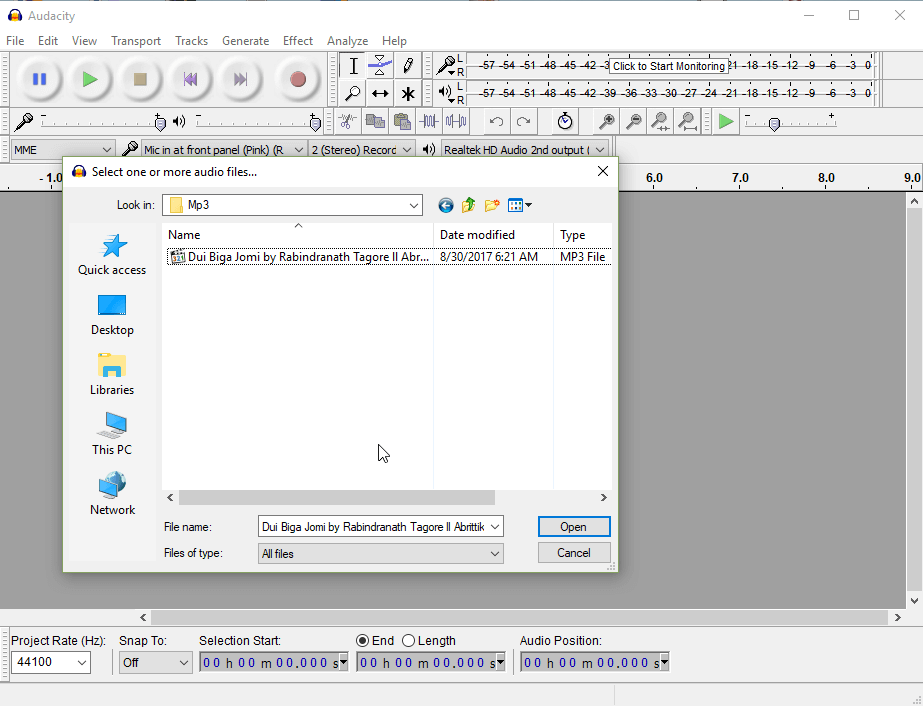

I can’t guarantee that you won’t blow your speakers! If you start boosting & compressing/limiting the bass, you are increasing the average power to your woofers, so if your amp is capable of blowing your speakers, it could happen.ĭoes it actually show clipping, or does it show really dense waves up at 0dB? I’m really just looking for a clean way to boost bass that won’t blow my speakers… And, the recording engineer & producer has access to high-end plug-ins & tools and the skill & experience to get the desired sound out of it. The recording engineer can also process the bass guitar & kick drum separately before mixing with the vocals & other instruments… You can’t do that. It has to start with the instruments & music on the recording… If another recording has different bass frequency & tone to start with, there is only so much you can do. You probably cannot achieve the “Lil Wayne” sound, but you may be able to get close to it. And just for reference, the lowest note on a normally-tuned bass guitar is around 40Hz, and big subwoofers used for dance clubs & live performances usually “only” go down to around 40Hz… That’s deep enough for a good thump you can feel! (If you have the appropriate woofer & amp.) If you don’t have a big amplifier and big woofer/subwoofer, any deep bass that your system can’t reproduce just creates distortion. You might also try using a high-pass filter to remove the really deep bass (below 40 or 50 Hz). I believe Audacity’s Hard Limiter effect is really a hard- clipping effect so you may want to look for a better limiter plug-in that can “round over” the peaks without as much distortion… I think that’s what you really need… A good limiter applied after boosting the bass. There are several settings to experiment with, but normally a compressor (and/or limiter) is used to boost the overall volume without clipping/distorting the peaks. If that sounds too harsh or distorted, you can try the Compressor effect. That means if you just boost the bass, you might not hear the clipping/limiting unless you have the playback volume set to 100%, or until after you save the file as a normal 16-bit or 24-bit WAV.Īfter boosting the bass, try the Hard Limiter effect set to 0dB. However, Audacity (like most audio editors) uses floating-point internally, so it can “temporarily” go over 0dB. Some background - Most audio formats (as well as your digital-to-analog converters) are limited to 0dB (=1.0 =100%). A lot of modern music is produced like this. I’m not saying it’s bad if that’s what you want. If you record live music played with real instruments, it’s a lot more dynamic (with louder & quieter parts).

Even the top waveform isn’t what “natural music” looks like. The flat-top dense waveforms indicate limiting or perhaps clipping (distortion).


 0 kommentar(er)
0 kommentar(er)
